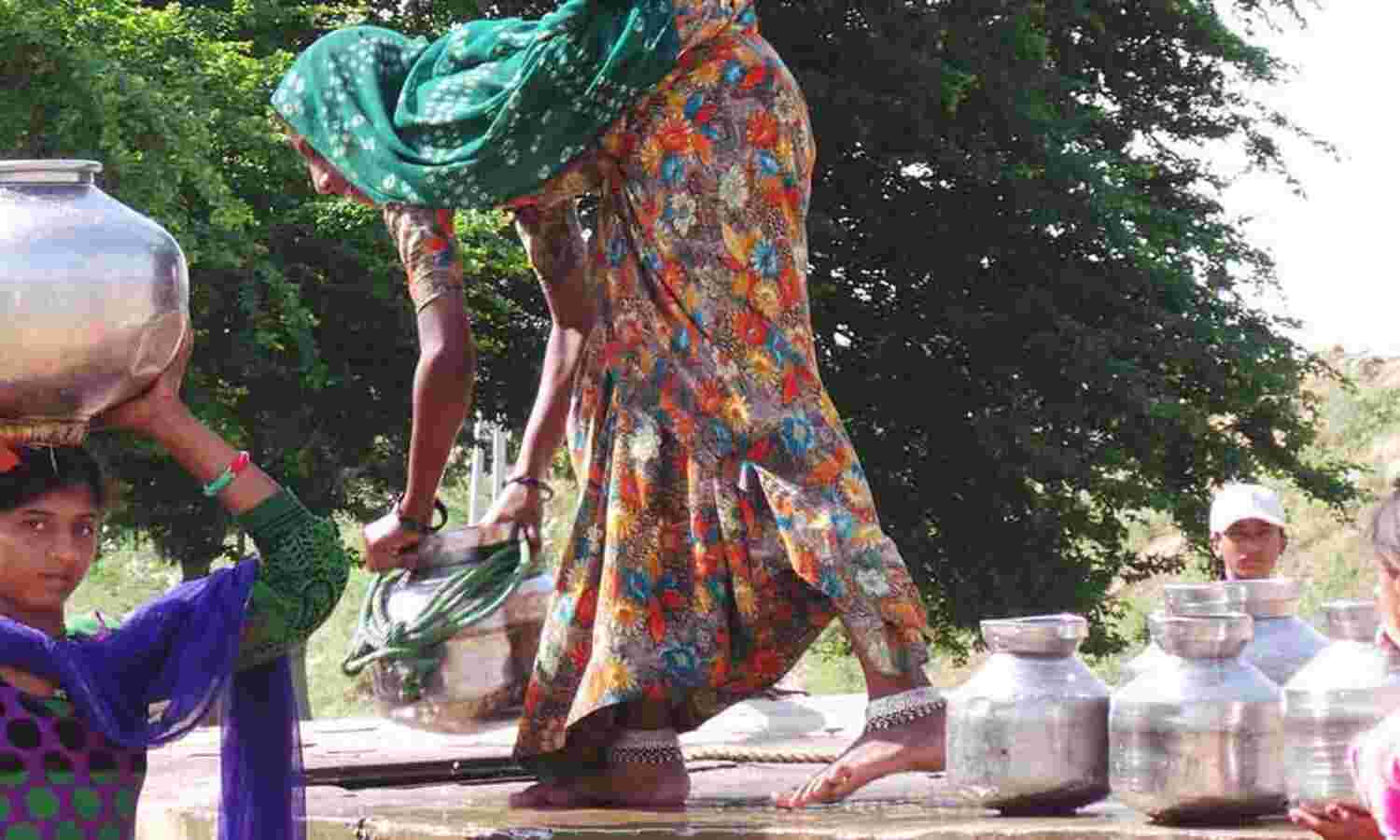Despite Improvement, India Still Has Most People Without Close Access To Clean Water

Mumbai: While India ranks top among nations that have improved access to water, it also has the most people without clean water availability close to home, according to this 2018 WaterAid report released today.
Nearly 163.1 million people lack access to clean water close to their homes in India, more than two-and-a-half times those similarly affected in Ethiopia, which is second in the list. The other countries in this top five list are Nigeria, China, and Democratic Republic of the Congo.
At the same time, since 2000, India is second after China in the list of most-improved nations in providing water access, reaching nearly 300.7 million people compared to China’s 334.2 million, according to the report.
The report comes a day ahead of World Water Day, observed on March 22 every year.
Globally, an estimated 89% of the world population has clean water in or near home--an increase from 81% in 2000, added the report--leaving 844 million people struggling to access water. Today, nearly 60% of the world lives in water-stressed areas.
The latest data come at a time when a review of United Nations Global Goal 6, to deliver safe water and sanitation to all by 2030, is scheduled for summer 2018.
The challenges India faces include falling groundwater levels, drought, pressure of demand from agriculture and industry, pollution and poor water resource management, according to the report.
India’s estimated per capita availability of water in 2025 will be 1,341 cubic metre. This may further fall to 1,140 cubic metre in 2050, bringing it closer to becoming water-scarce, according to this 2017 assessment by the ministry of water resources, IndiaSpend reported on December 30, 2017. In the decade ending 2011, the availability reduced by 15% in India.
An area with an annual per capita availability of less than 1,700 cubic metre per person is considered to be water-stressed, and less than 1,000 cubic metre per person, water-scarce.
India’s restructured rural water programme aims to reach 90% of the rural households by 2022. Presently, only 56.3% of the rural population has piped water supply, according to this January, 2018 government response in Rajya Sabha (upper house of the parliament).
Women across the world spend nearly two-and-a-half months a year fetching water
The widespread global lack of access to water has been attributed to multiple inequalities including wealth, ethnicity, religion and cultural attitudes. But gender intensifies the inequality, the report stated. The onus of fetching water falls disproportionately on women and girls.
A woman collecting 50 litres daily, the UN-recommended amount per person, for her family of four from a water source 30 minutes away would spend two-and-a half months a year on this task, it added. Women and girls spent nearly 200 million hours every day or 22,800 years collecting water, according to this 2016 press statement from United Nations Children’s Fund.
One in four rural households spends more than half an hour walking to a water source, according to the Indian Human Development Survey (IHDS II), which surveyed 42,153 Indian households, IndiaSpend reported in June 26, 2016.
Wealth inequalities also contributed to the access to water. In Pakistan, 79.2% of the poorest and 98% of the richest people have clean water. In Bangladesh, the gap is narrower--98.9% of the richest and 93.2% of the poorest have access to clean water.
(Paliath is an analyst with IndiaSpend.)
We welcome feedback. Please write to respond@indiaspend.org. We reserve the right to edit responses for language and grammar.


